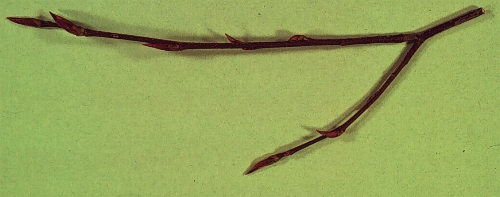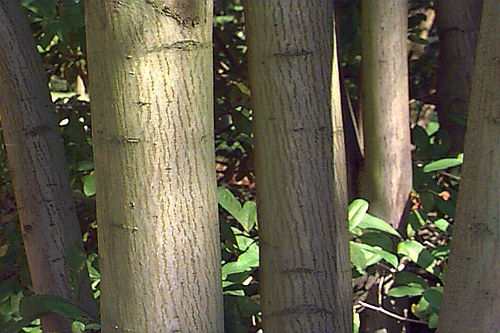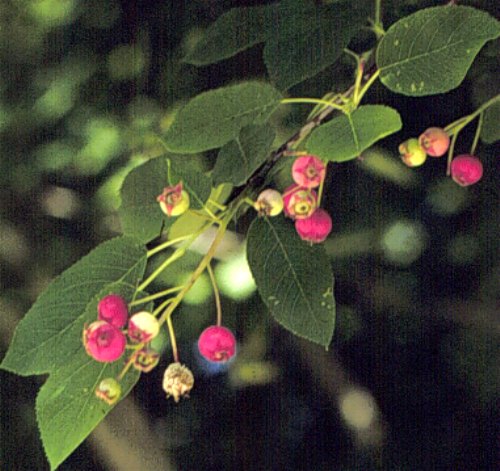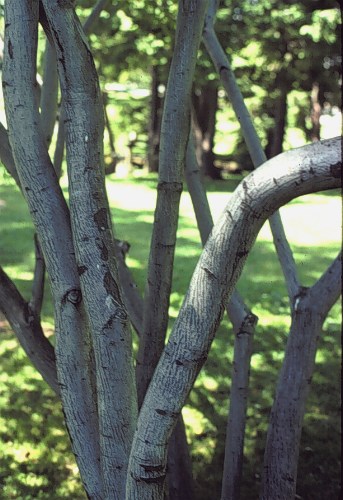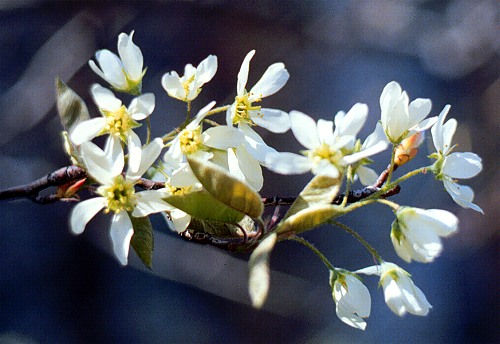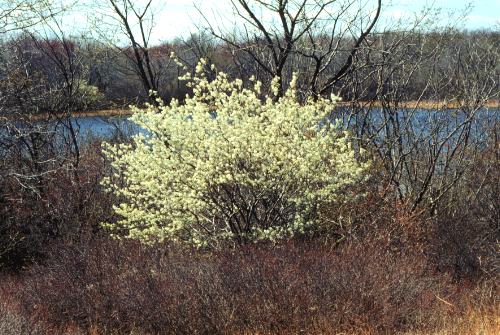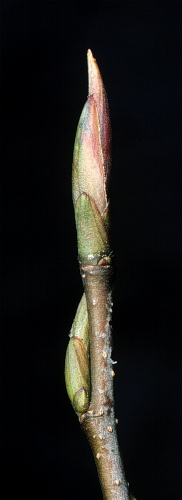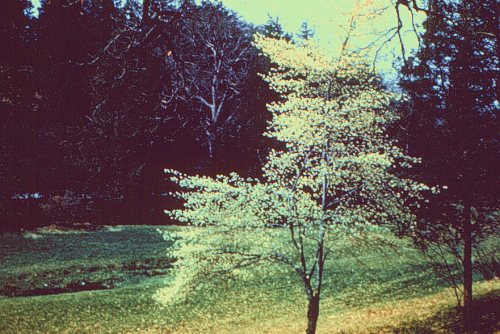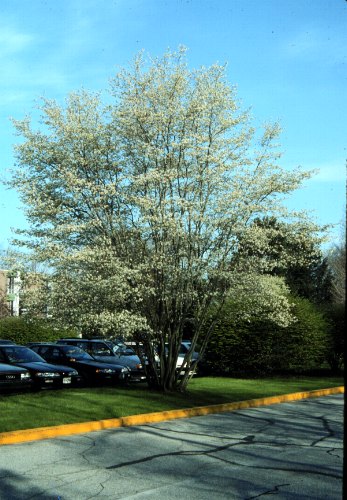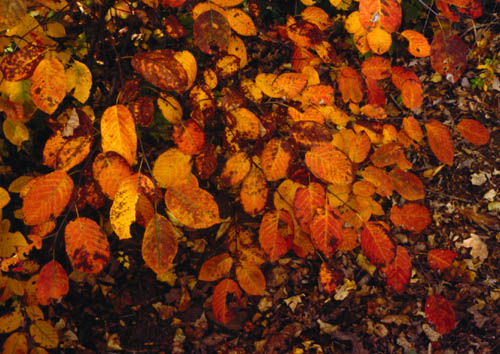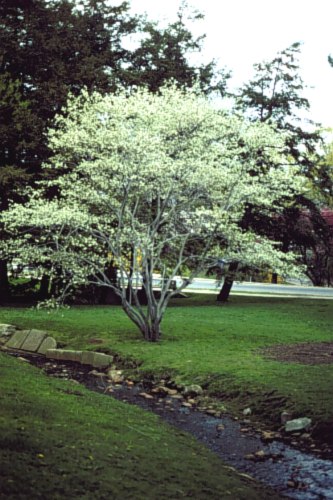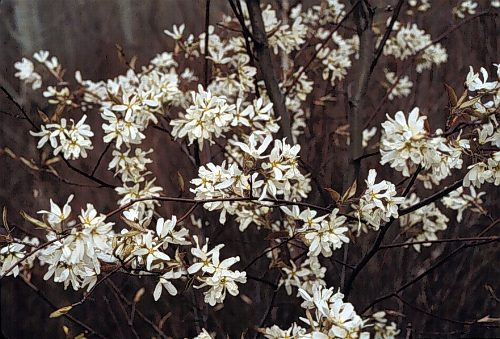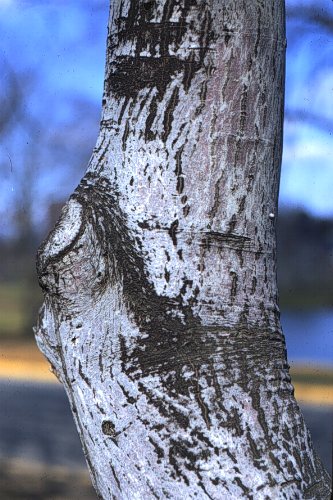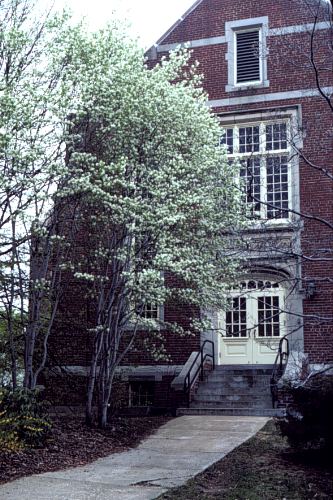Amelanchier canadensis
Shadblow Serviceberry, Thicket Serviceberry
Rosaceae
ExpandHabitat
- native to Maine and down through the Carolinas
- zone 3
- naturally occurs in wet sites, bogs, and swamps
Habit and Form
- deciduous large shrub or small tree
- usually pruned up like tree to view bark
- multi-stemmed
- 6' to 20' tall
- suckers at base
- medium texture
Summer Foliage
- alternate leaf arrangement
- oblong leaf shape
- 1.5" to 2.5" long and up to 1" wide
- rounded leaf base
- serrulate leaf margins
- wooly to glabrous leaf surface
- dark green leaf color
Autumn Foliage
- gold fall color
- leaves fall quickly and early
Flowers
- white flowers
- flowers held in erect racemes
- racemes are 2" to 3" long
- blooms late March
- petals are obovate
Fruit
- red changing to black fruit
- sweet, edible fruit
Bark
- gray-silver bark
- striped
- glabrous, young stems
- small lenticels
- imbricate buds, conical in shape
- buds are reddish purple
Culture
- full sun
- prefers wet sites
- generally pruned up to form small tree
- transplants easily
Landscape Uses
- for bark effect
- specimen planting
- small grouping
- flower effect
Liabilities
-
rusts, scales, aphids and mildews
ID Features
- silver-gray striped bark
- white flowers held in long racemes
- black, edible fruit
- alternate leaf arrangement
- reddish purple, conical buds
Propagation
- by seed
Cultivars/Varieties
'Glennform' (Rainbow Pillar®) - A shrubby form with pronounced upright, narrow habit to 20' tall. This habit suggests its use in hedging and screening.
'Prince William' - Perhaps a hybrid with A. laevis. A multi-stemmed, shrubby form probably not exceeding 10' which is known for good fruit set and consistent multi-colored fall leaves.
'Sprizam' (Spring Glory®) - A new variety, notable for its compact, upright habit reaching only 12' tall and 8'-10' wide. Fall color is orange/yellow.
'Trazam' (Tradition®) - Another new selection, this form is useful
because it maintains a central leader and may be employed where a small tree
is required. Mature height is 25'-30' tall, and the plant has good early bloom
and fall color. May be a hybrid or selection of another Amelanchier species.
